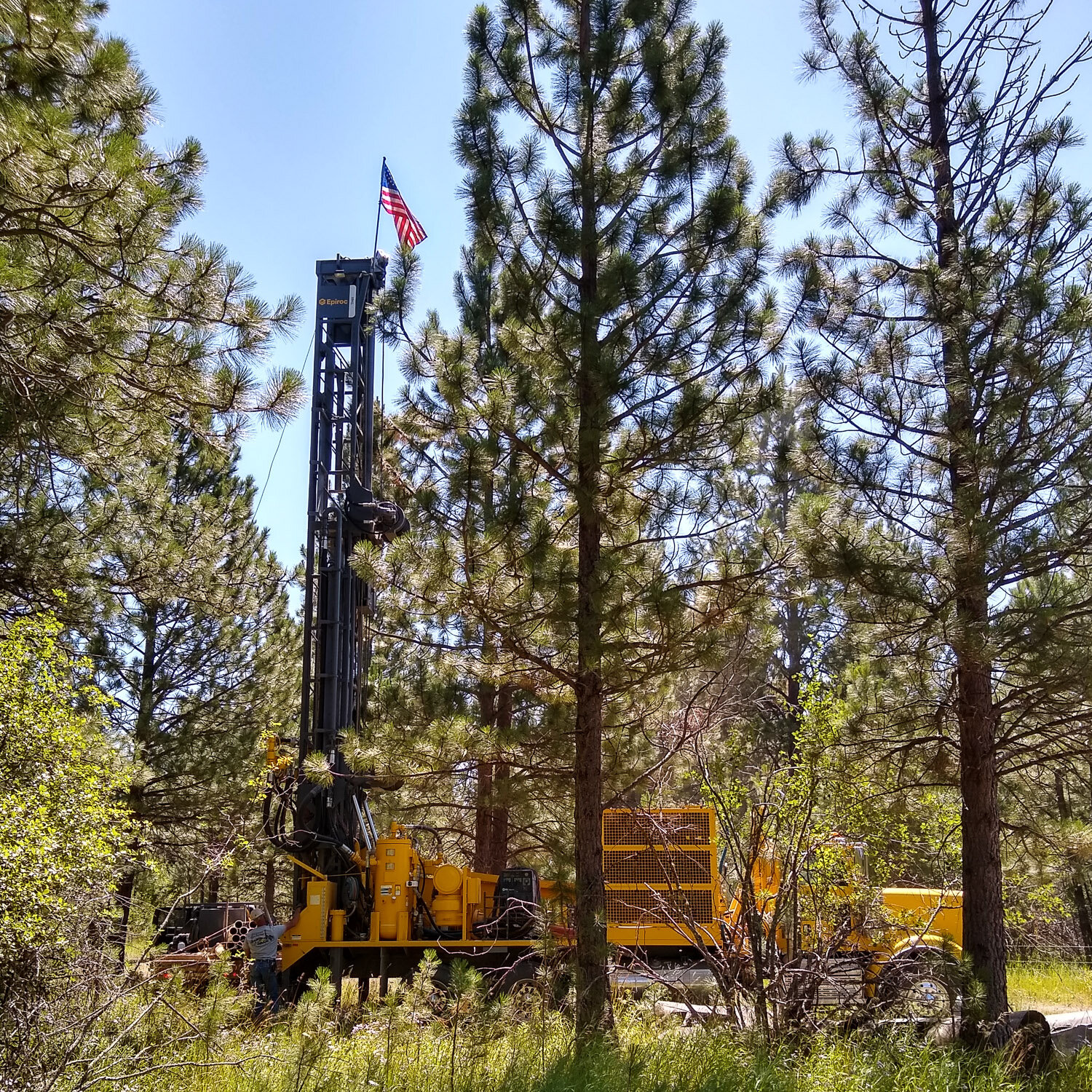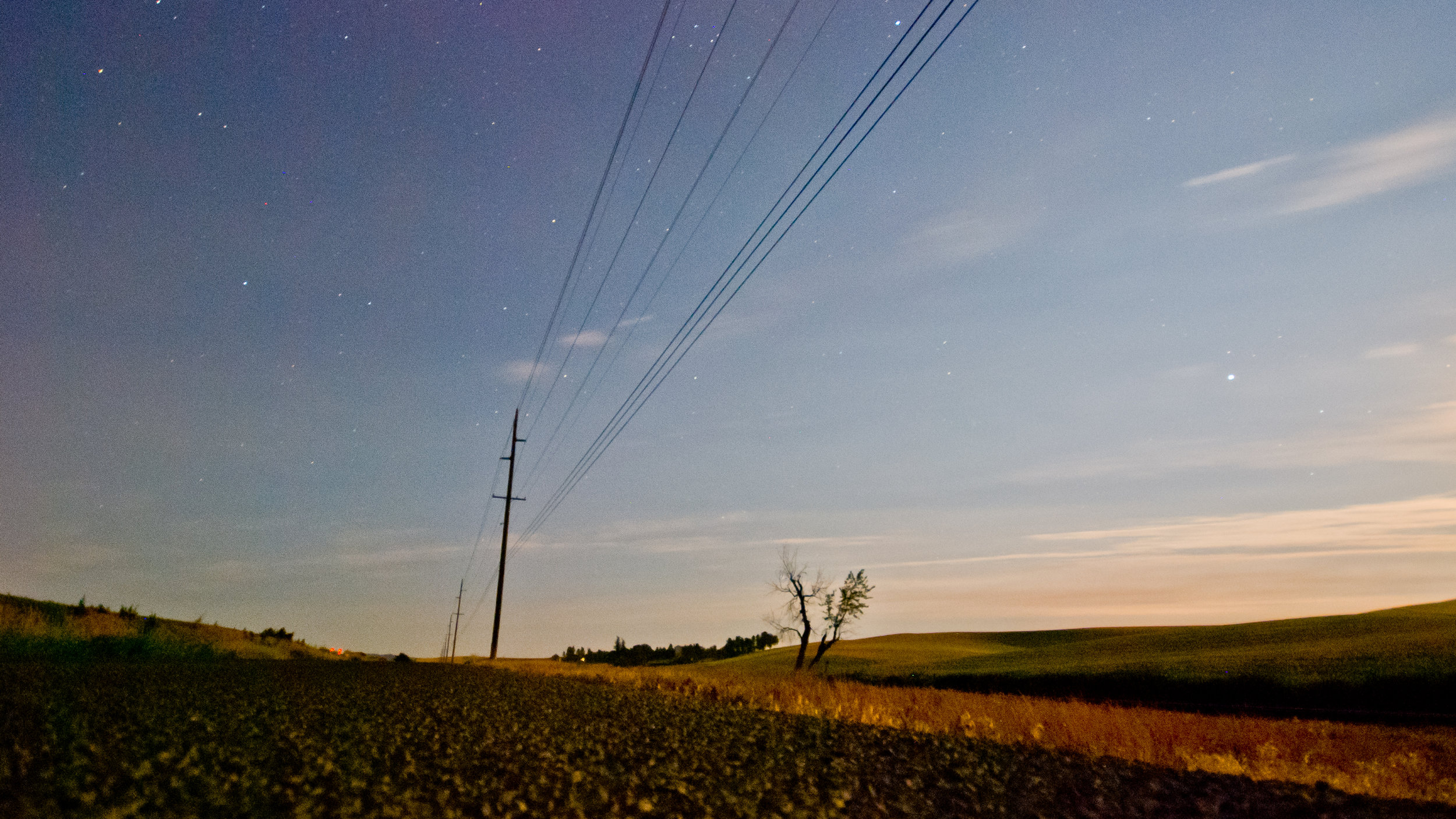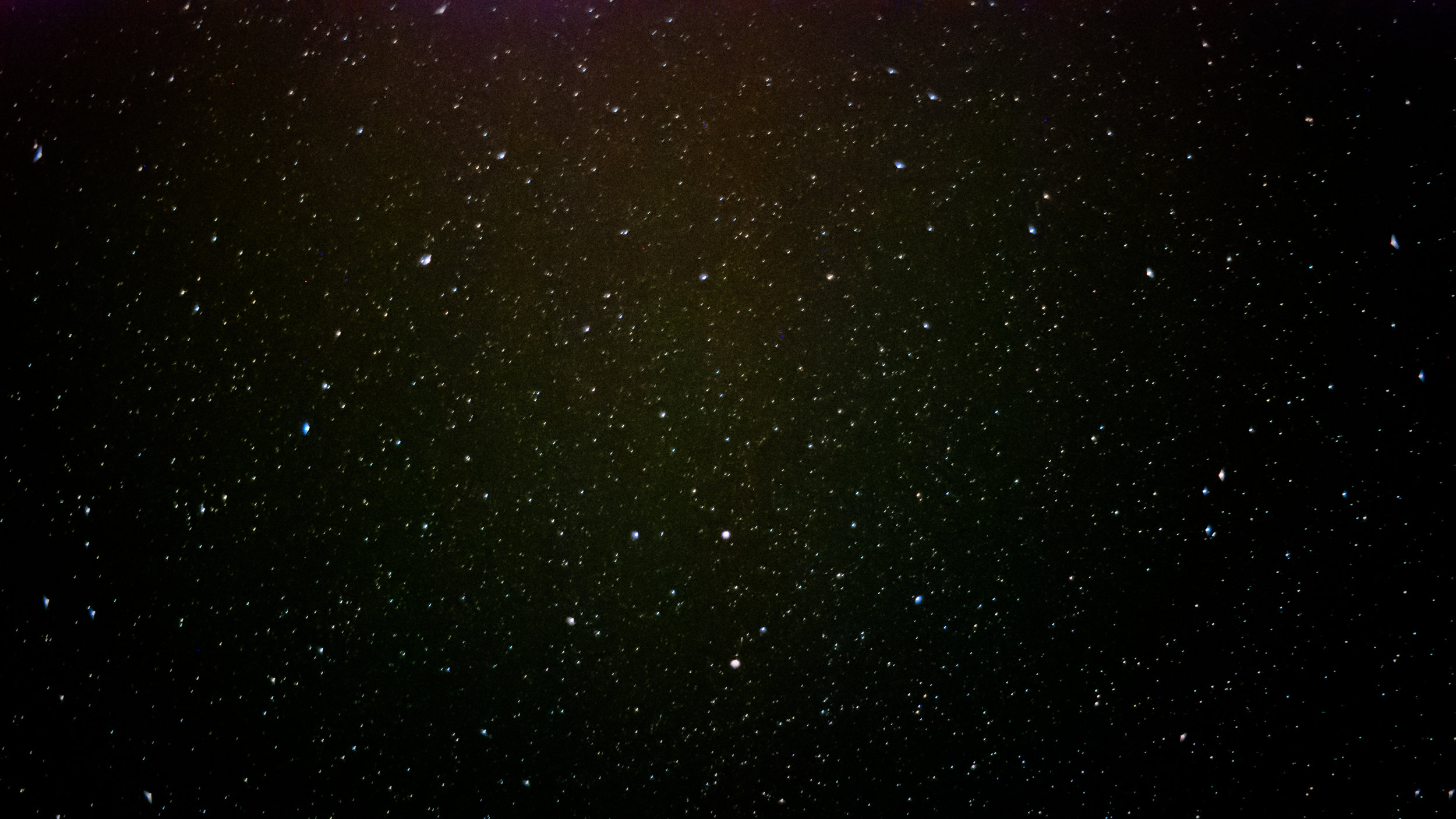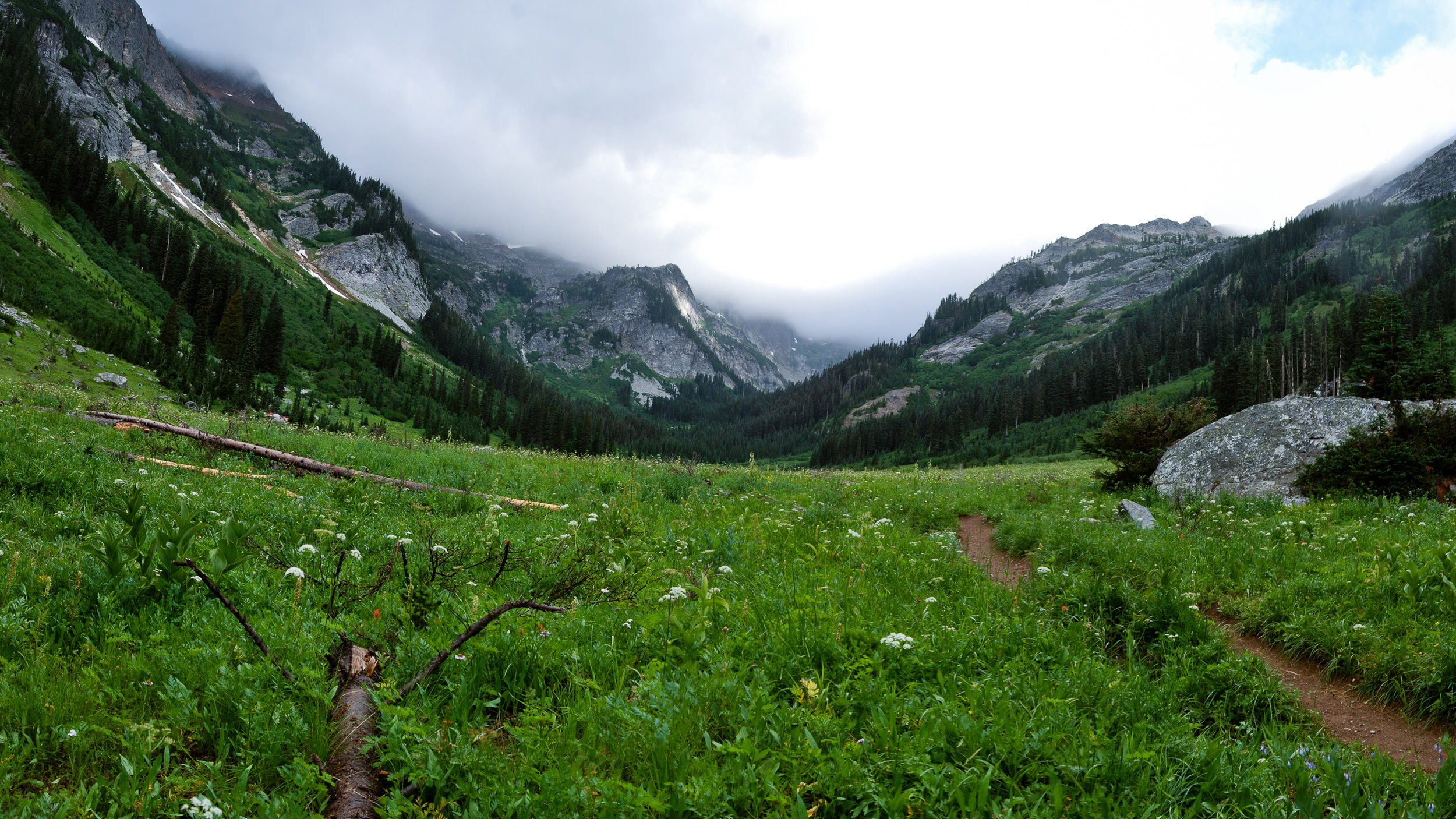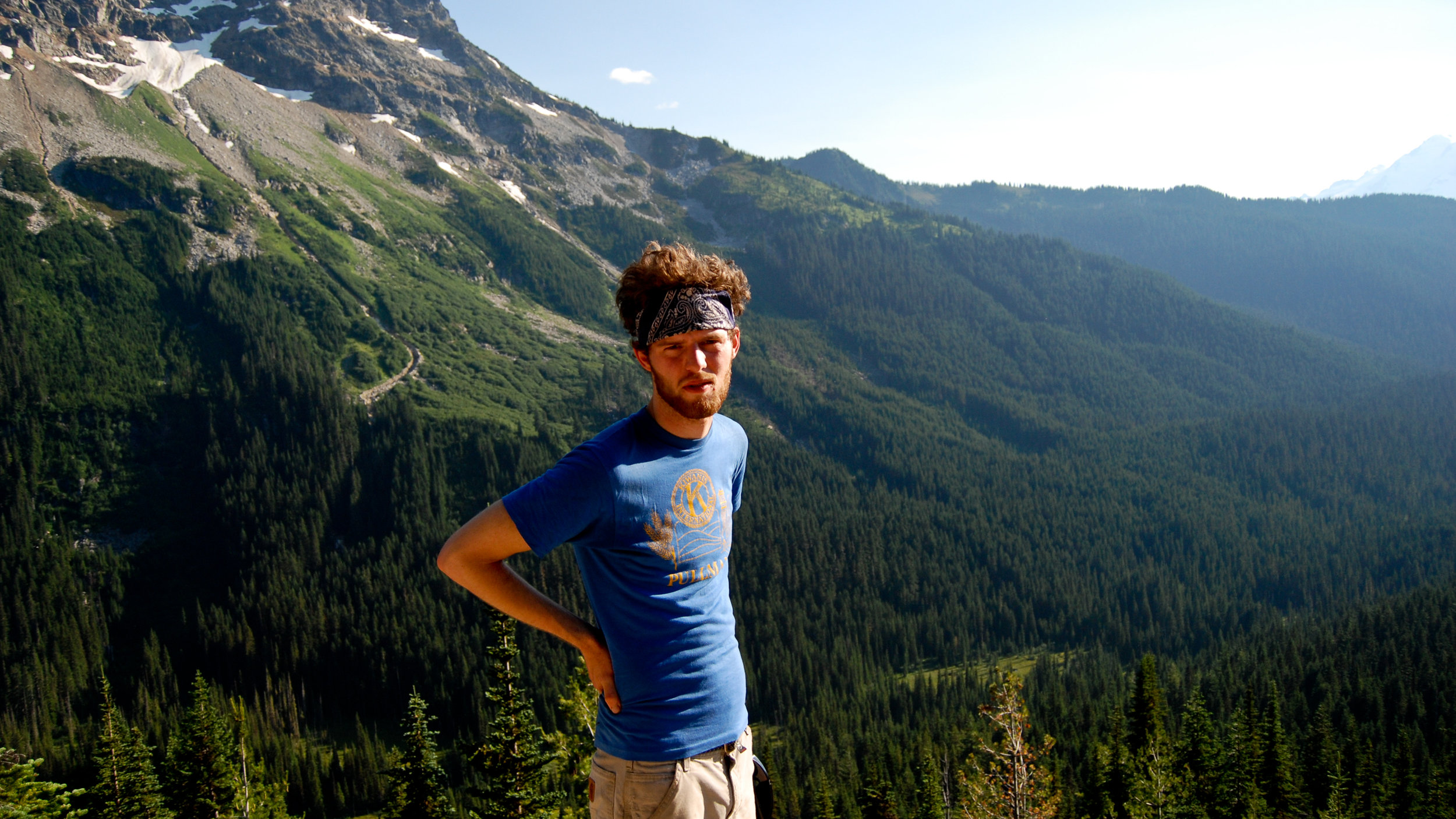HBM129: The Underearthlings
/Map of Bornholm, Denmark with orbs. 3d image by Jeff Emtman with source material from a circa 1900 Bornholm map via Wikimedia Commons.
Lars Christian Kofoed Rømer claims his red hat is mere coincidence. He wears it because his mother-in-law knit it for him 15 years ago and he quite likes it. However, it also makes him visually match the mythical underground people he spent three years studying on the Danish island of Bornholm.
Content Note: Language
Bornholm folklore sometimes references “De Underjordiske”, a kind of people that live under the many ancient burial mounds that spot the landscape. Lars sometimes calls the people “subterraneans”, “pixies” or “underearthlings”. They’re known as a militant group, fiercely defending themselves, their homes in the mounds, and the island. But not an unthankful group either, rewarding humans for kindness or bravery.
It’s worth clarifying that Lars is no “troll hunter” (as the press often gleefully mistakes him to be), nor is he in the business of saying whether reclusive, sometimes-red-hatted people are real or legend. He is, however, in the business of collecting those legends and learning what they can teach us about us. And also what the legends can tell us about the archaeological significance of a Batlic Island that’s been conquered so many times that history’s forgotten who actually made those mounds in the first place.
Pursuing legends is difficult though, as Lars attests to in this episode of Here Be Monsters. He tells producer Jeff Emtman stories of both the underearthings and the stories of the skepticism he faced when he pointed the anthropological lens on the place where he grew up. He says, “That’s why there was so much talk about this project. Had it been an anthropological study of shamans in Siberia, or something in the Amazon, then there would have been then public expectation that, ‘of course people there have spirits and stuff like that.’...But when it’s about what happens in your own back garden, then I think that’s where it gets more controversial...there’s certainly magic in distance.”
Lars is an anthropologist and the author of Tales in an Underground Landscape, a dissertation he wrote while pursuing a PhD at University of Copenhagen.
Many thanks to Rikke Houd, who connected Jeff to Lars and has interviewed him about De Underjordiske for the BBC show Short Cuts.
Producer: Jeff Emtman
Editor: Bethany Denton
Music: Serocell, The Black Spot
Photos: Jeff Emtman















